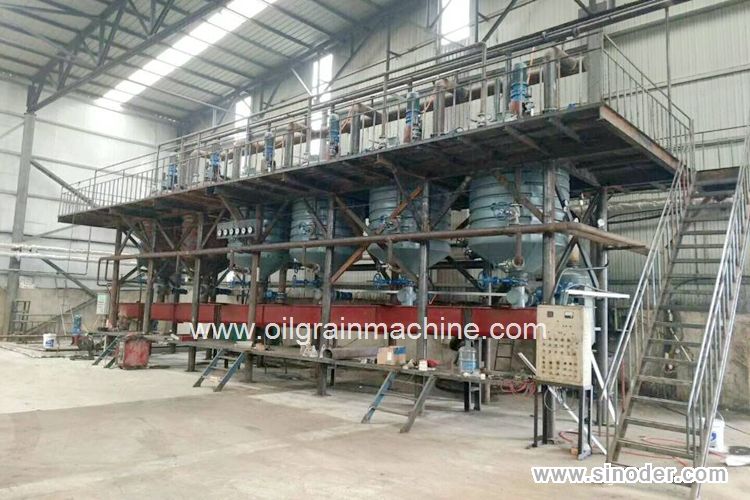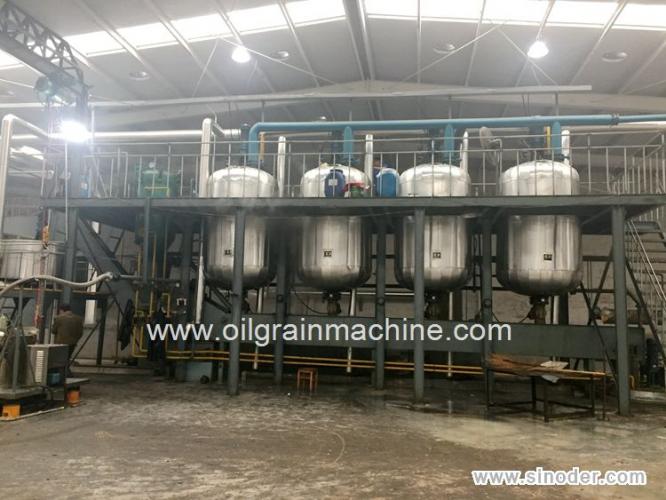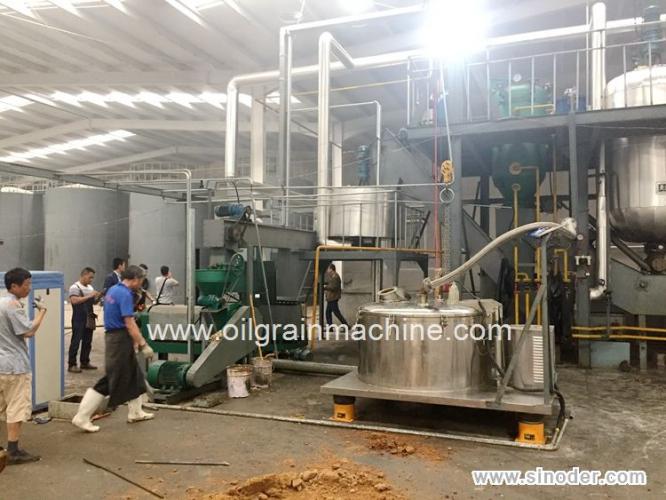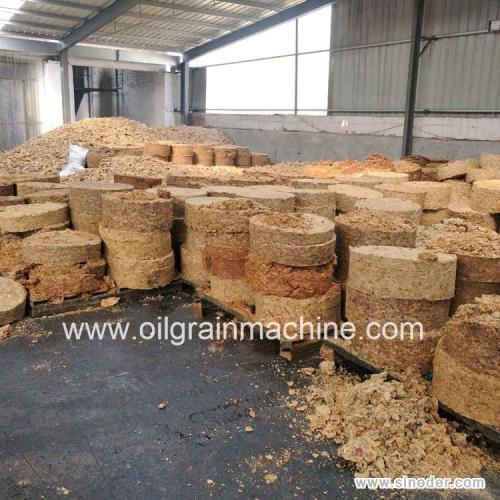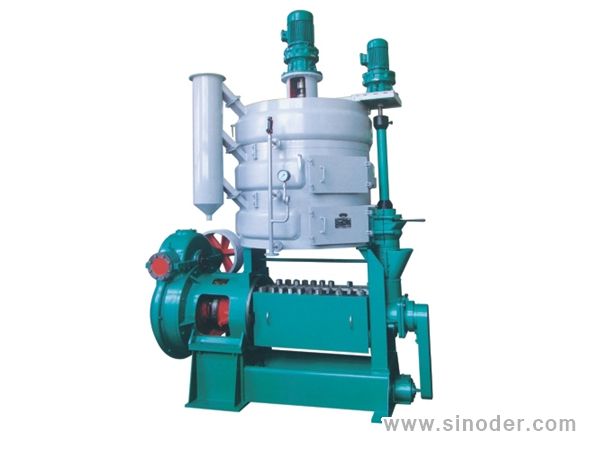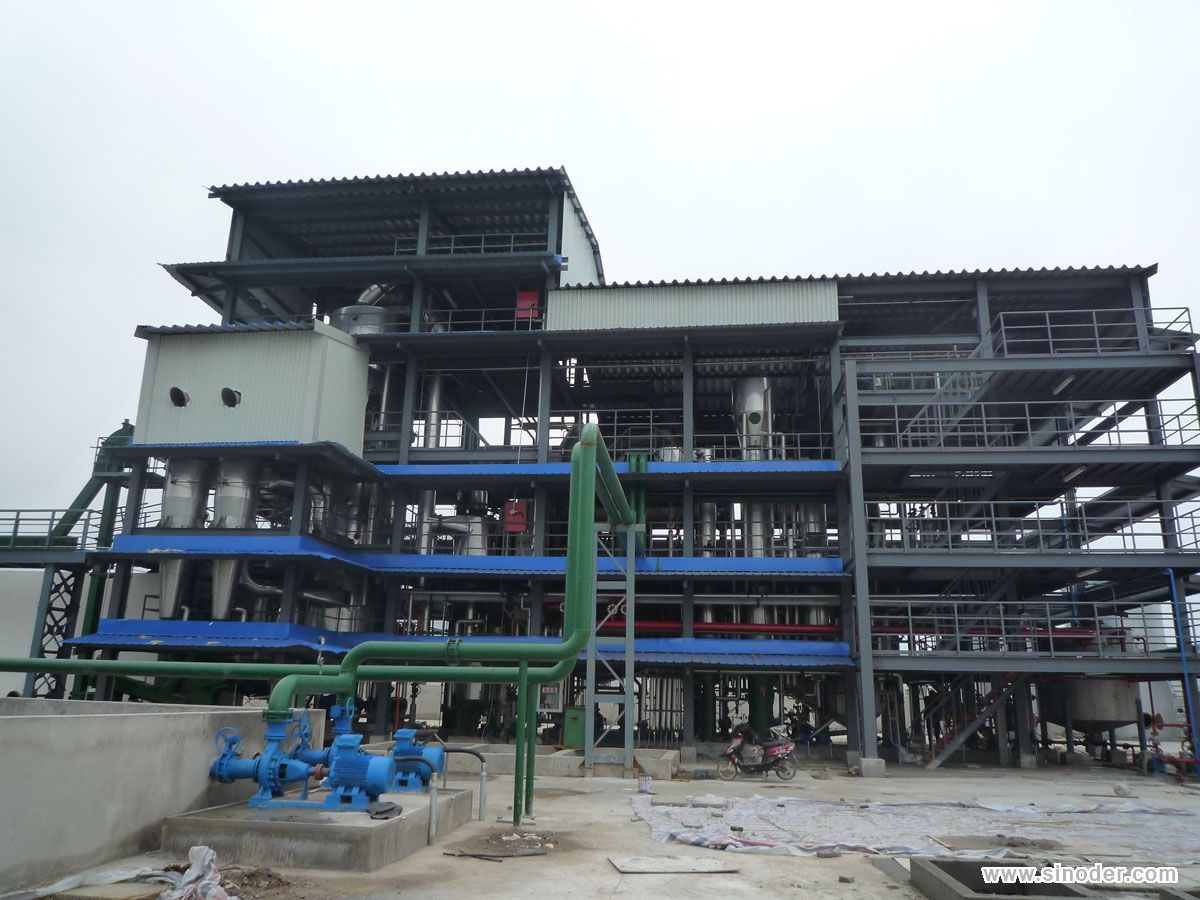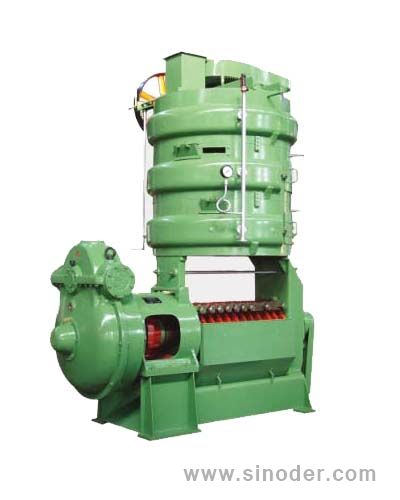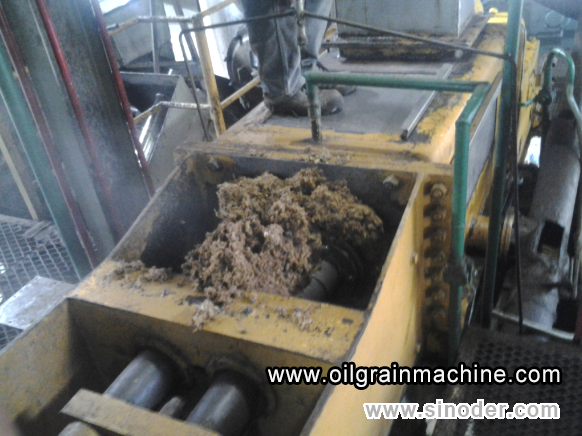- Technical Data
- Features
- Working principle
- Video
Animal Oil Production Line Including Animal Fat Oil Press Plant, Animal Oil Refinery Plant, Oil Packing Plant,Animal Oil Slags Pelleting Plant and other processing machinery. we also supply harmless treatment plant for animal body.
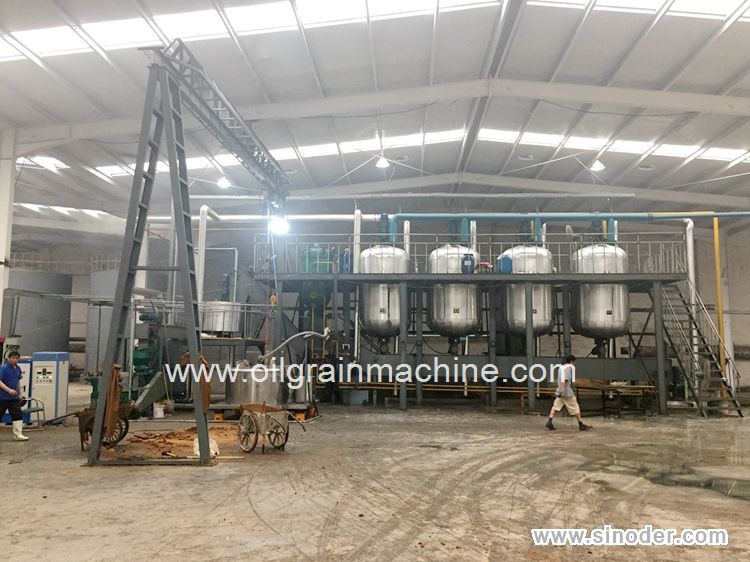
Raw Material:
Chicken fat, Mutton fat, Cow fat, Beef tallow, Pork fat, Fish, Duck fat, Animal bone and others
Animal oil production line, especially for animal fat and oil, after Drying, degreasing, grinding and other procedures the animal meat will be completely broken down into fat and bone meal. Oil can be made into industrial oils, feeding oils, biodiesel, etc. The meat and bone meal can be used to make high protein feed and organic fertilizer, both of which have high market potential.
The animal oil production line from Hongyang has automatic and entire closed processing, non-polluting, harmless, recyclable, high utilization, have won the concern and praise from majority of customer, it is suitable for beef tallow, horse oil, chicken oil, sheep oil, and so on.
Animal fats and oils are lipid materials derived from animals.
Physically, oils are liquid at room temperature, and fats are solid.
Chemically, both fats and oils are composed of triglycerides.
Although many animal parts and secretions may yield oil, in commercial practice, oil is extracted primarily from rendered tissue fats obtained from livestock animals like pigs, chickens and cows.
Dairy products also yield popular animal fat and oil products such as cheese, butter, and milk.
Animal fats are commonly consumed as part of a western diet in their semi-solid form as either milk, butter, lard, schmaltz, and dripping or more commonly as filler in factory produced meat, pet food and fast-food products.
Dairy products are animal secretions which contain varying levels of water, oils, fats and animal cells from circulatory and lymphatic systems such as blood and mammary glands.
Working process of Animal Oil Production Line
Grinding ----conveying -----boiling ----oil residue separating ----filtering
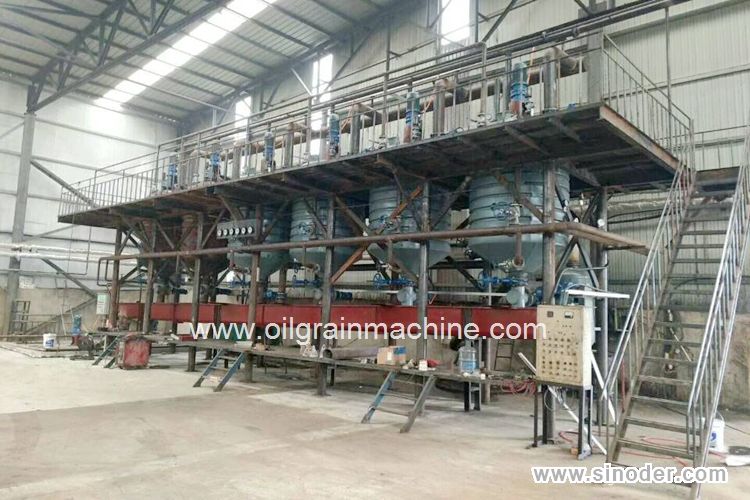
Technical indexes
1) Boiler temperature: 260℃-280℃;
2) Rendering temperature: 100℃-120℃;
3) Filtration pressure: <4 kg;
4) Rendering time: 3-4 hours;
5) Vacuum degree of rendering: -0.03~-0.06Mpa;
6) Water impurities of product oil: ≤0.2%;
7) Raw materials: fresh, frozen, no deterioration, no odor, acid value (KOH) mg/g≤ 6, moisture≤ 25%.
Extracted Animal Oil Refinery Machine Line:
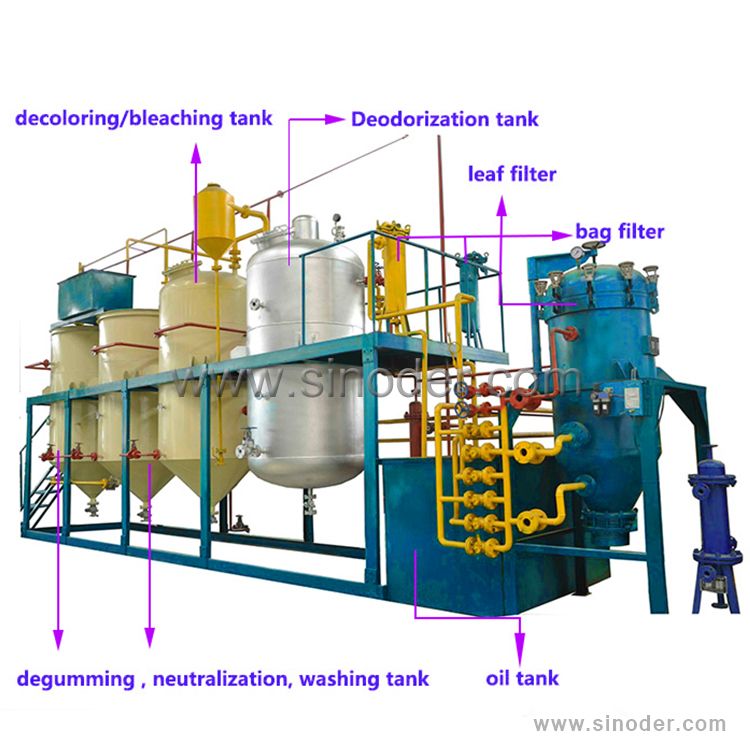
Main section of the animal oil refining machine :
♦ Degumming :Usded to neutrilizing ,and water washing,to rid off the acid.
♦ Deodorization:Used to rid off the fetid smell/odour of oil by steam understand of high temperature.
♦ Soap feet vessel:Used to refine the oil sediment from oil refiner,to get some oil from oil sediment.
♦ Hot & Alkali water tank:Used to produce hot water heated by the steams,also alkali water from the
alkali dis-voling tank,for adding into the oil refiner.
♦ Alkali dis-voling tank :Used to produce the alkali water .
♦ Steam separator:Separating the steam to oil refiner,de-colorer,deodorizer,hot water tank,etc.
♦ Decoloring vessel:Used to rid off the color of the oil
♦ Clay tank:Store the medication decolored for the clay tank.
♦ Transfer hot oil furance:Contact the deodorizer part, producing high temperature (280 degrees) for
deodorization.
♦ Gear pump:Pump oil into kinds of vessel and tank.
♦ Water pump:Pump cool water into water tank.
♦ Transfer hot oil pump:Pump hot oil into transfer oil furance.
♦ Cooling water tower:Cool water for cooling oil ,recycling using.
♦ Dewaxing /winterization / fractional
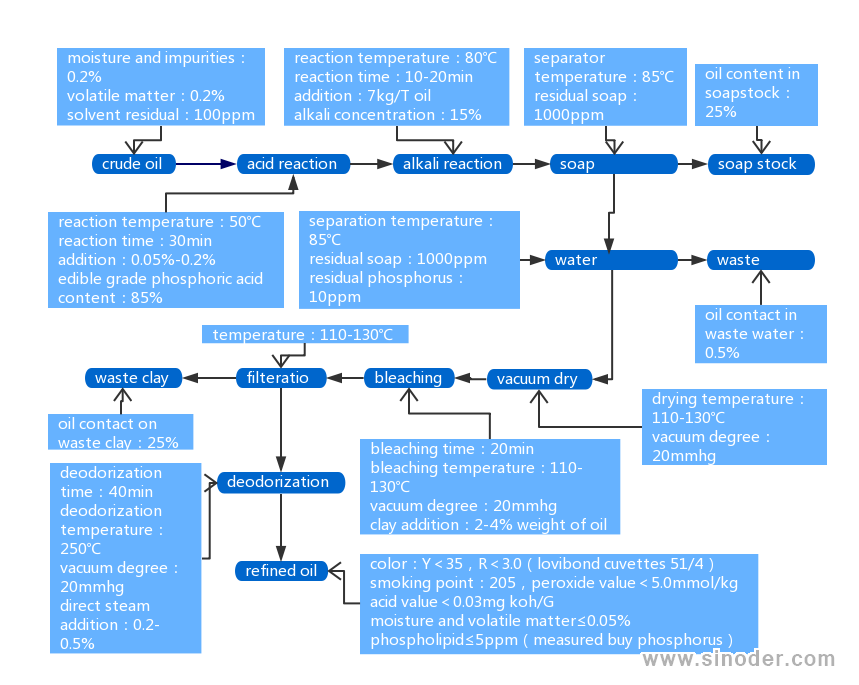
Poultry Waste of Animal Body Harmless Treatment Line:
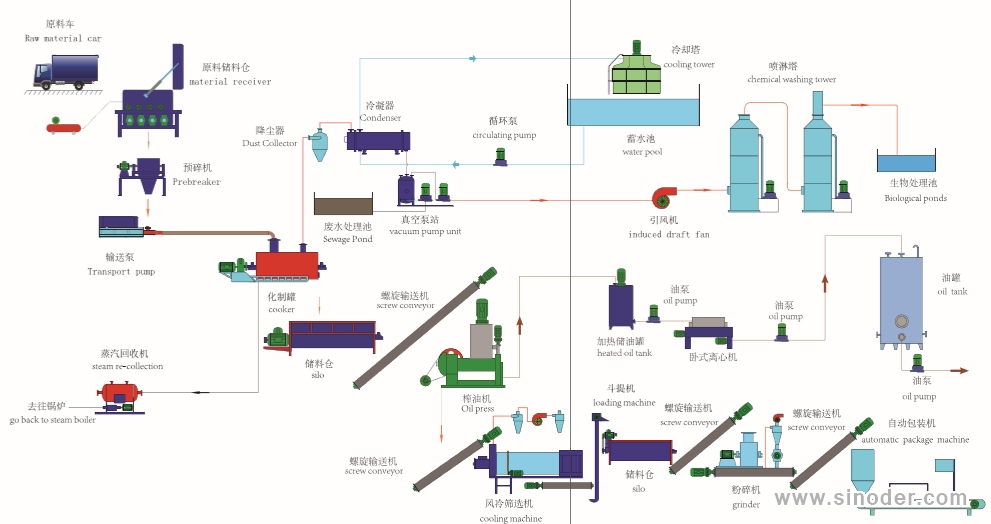
Poultry waste reception section
There is a Material Silo For the reception and storage of poultry wast,dead animal.
There is a Pre-crushing machine in the middle in function of chopping whole animal caicasses and large pieces with aim of 50mm size piece(easily transported) A Material Pump is at the bottom to transport the marterial to cooker.
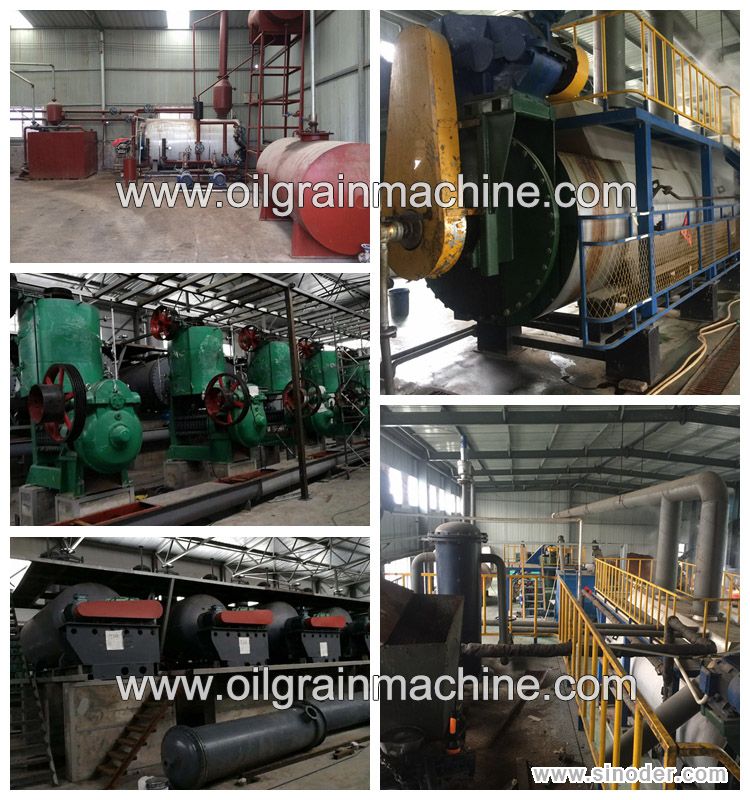 Cook and Dry Section
Cook and Dry Section
Function: Waste raw materials(feathers,animal,fur,sick livestock,animal carcasses) through the process of high temperature and pressure to achieve the effect of sterilization and break down
Features: Big capacity of each batch,the efficiency of sterilization is complete and safe.
It could be used to break,cook,sterilization and drying.
Oil Press Section
The material from silo are sent to the heated pot by screw conveyor, and then go into the oil press,
after oil press, we get the cake with 10-12% oil and fat ,the odor from this section collected by
pipeline and is treated together.
Cooling Section
The cake from cooker is sent to cooling system by screw conveyor(with dust collection), the tempertaure is reduced to ±5℃ room temperature.
Meal Section
Function: To reduce the size of meal.
Features: 1.Unique crushing chamber to improve the efficiency of grinding.
2. Special rotor design program,and the harmmer sieve gap,which can meet different granularity.
Packing Section
Automaticly packing the meal.
Odor treatment section
To seperate solids and liquids entrained in the process vapoures from cooking /drying equipment,by washing of glasses collected from several process points.
Final Products
Tallow: Moisture<1%
Meat and Bone Meal: Protein≥65%
The whole line consists of material buffer bin,conveyor,cooker dryer,grinding,packing and odor treatment system
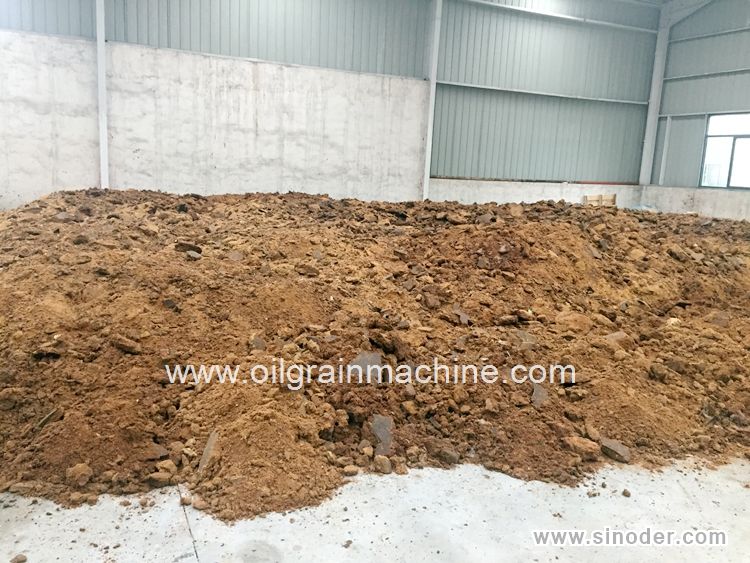 Animal Oil Slags Cakes
Animal Oil Slags Cakes
Animal Oil Production Line
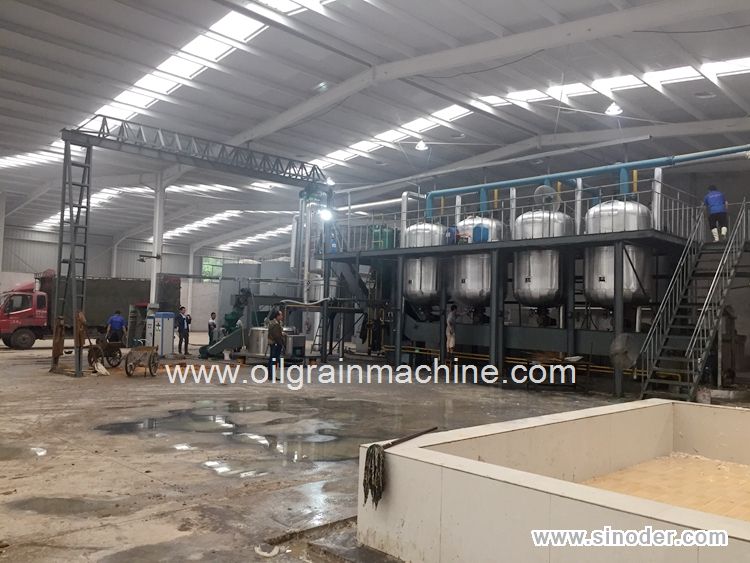 Process Description
Process Description
1. Unpack and crush the work section:
The raw materials are unpacked on the unpacking platform and conveyed by the conveyor to the crusher for comminution. The crushed particles are in the range of φ5mm-8mm, and the crushed pieces are even. Excessive or too small raw materials may cause raw slag or burnt paste. Oil machine performance
2, pre-dissolved balanced transport section:
After crushing, the raw materials are immersed in a preheated balance pot, heated and heated by preheating, stirring, and freezing to achieve a solid-liquid mixing state suitable for vacuum transportation, so as to achieve the process requirements of pipeline transportation; on the other hand, the preheating pot plays a whole role. The material balance of the production line.
3, negative pressure smelting section:
The preheated pan is preheated to a solid-liquid mixed state and the raw material is vacuum-transferred to the smelting pot for heating and melting the cake. At the same time, the stirring device is turned on to make the material heated evenly without sticking the pan. This process adopts a vacuum simmering pan, which has a large heated area and is uniformly mixed. The automatic cleaning device effectively controls the raw material or burnt phenomenon. Since the raw material itself has a large moisture content, vacuum dehydration starts after the smelting temperature reaches 85 degrees Celsius, and the vacuum degree decreases as the vapor volatilization increases, and smelting is maintained during the dehydration process. Vacuum degree in the pot. In the vacuum state, the animal oil raw material entering the negative pressure reactor can quickly separate the oil, water and slag.
4, vacuum dehydration and deodorization section:
A water jet vacuum jet pump is used to generate a negative pressure in the smelting pot. The vacuum line is equipped with a condenser, and the water molecules and odor micromolecule volatiles in the raw material are rapidly separated from the raw oil and fat in a vacuum state and flow into the tube with the vacuum flow. In the condenser, the split water molecules and odor molecules are forced to condense into distilled water collected in the liquid separation tank under the cold water circulation. Exhaust gas is activated carbon to absorb infrared electrolysis to produce oxygen emissions.
Air Infrared UV Ozone Treatment System
Photo-catalytic exhaust gas treatment equipment mainly uses special high-energy and high-ultraviolet UV ultraviolet light beams to irradiate the exhaust gas and crack industrial exhaust gases such as ammonia, trimethylamine, hydrogen sulfide, methyl thiol, methyl mercaptan, dimethyl sulfide, butyl acetate, and ethyl acetate. The molecular chain structure of esters, dimethyl disulfide, carbon disulfide and styrene, sulfides H2S, VOCs, benzene, toluene, xylene, making organic or inorganic high Molecules of molecular odor compounds are degraded and converted into low-molecular compounds such as CO2 and H2O under the irradiation of high-energy ultraviolet light beams. The use of high-energy, high-ozone UV UV light beams to decompose oxygen molecules and water molecules in the air to produce free oxygen (active oxygen) and OH radicals. Oxygen molecules must be combined with free oxygen and the negative and negative electrons that are carried to form ozone.
In addition, through the addition of special catalysts: according to different exhaust gas components configured more than 27 kinds of corresponding inert catalysts, catalysts using honeycomb metal mesh as a carrier, all-round contact with the light source, inert catalyst below 338 nm light source catalytic reaction, zoom 10 - 30 times the light source effect, making it fully react with the exhaust gas, shorten the contact time between the exhaust gas and the light source, thereby improving the exhaust gas purification efficiency.
5, oil residue separation section:
The process adopts screen plate oil residue separation scraper to increase the time of separating and drying the oil residue, effectively separating the oil residue skin oil, facilitating the pressing of the oil press, and the automatic cleaning device solves the jam of the sieve plate, the deterioration of the oil, and separation. The oil dregs are pressed for oil extraction.
PLEASE FILL IN YOUR CONTACT INFORMATION


